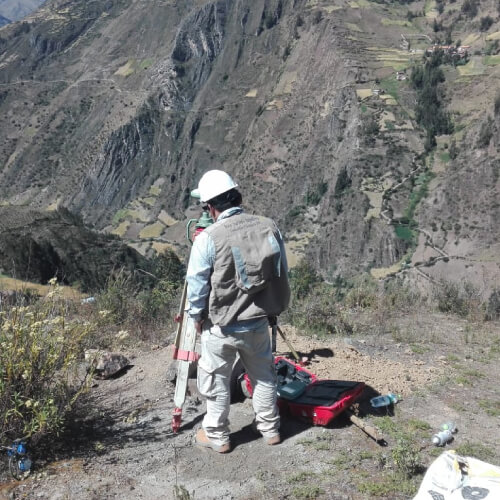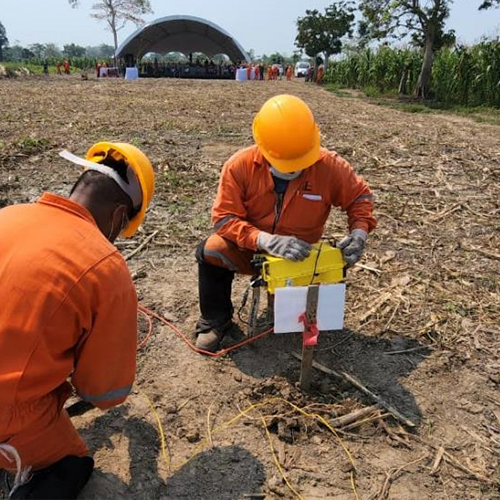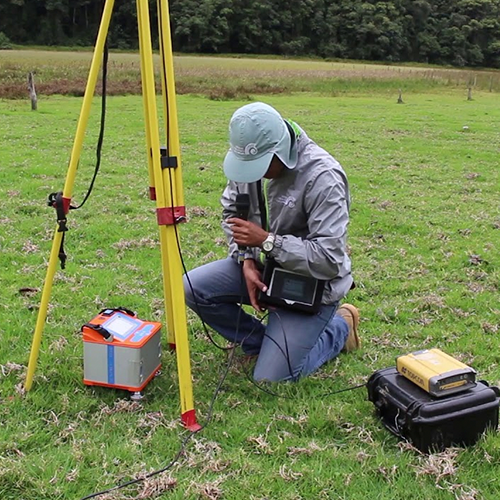Oil exploration
Oil reserves lie beneath the earth’s surface hundreds or thousands of feet deep. For this reason, the only safe method to locate them is the drilling of exploratory wells. However, first we will try to find the most propitious area, using the following methods.

Geological exploration
It aims to detect the areas most conducive to later deeper reconnaissance.
The geologist observes and examines the layers of Earth’s crust seen on the surface, the types of rocks that emerge, and their characteristics of hardness, porosity, organic content, age, and structural conditions.

Geophysical exploration
It is based on the fact that the rocks that make up the Earth’s crust possess various physical properties. These properties are elasticity (which affects the propagation of seismic waves), magnetism (which is directly related to the composition of rocks) and density (which causes variations in the value of gravity).
These properties allow to calculate the constitution and depth of the subsoil rocks.

Seismic exploration
Through explosives and vibrations, graphs are obtained that produce seismic waves and that give information on the shape and depth of the strata in the subsoil. This is decisive for the location of the traps.

Gravimetric exploration
Study of the subsurface by means of measurements of the attraction of gravity of the rocks. This information complements others to calculate the nature of the subsoil.

Magnetic Scan
With the use of a magnetometer, fluctuations in the Earth’s magnetic field are measured. In this way, the presence of sedimentary rocks indicative, in general, of the possible presence of hydrocarbons can be indirectly recognized.
It is also very useful in the field of oil exploration geochemistry (chemical study of rocks and hydrocarbon emanations), photographs (both from airships and satellites of areas where oil is suspected), surface geology (which studies rock formations, strains of strata, oily residues in rivers, and surface emanations of gas and oil) and electromagnetic techniques (study of variations in the characteristics of an electromechanical wave in the subsoil).
However, despite the use of all these techniques, the existence of deposits is not assured, so it is necessary to drill for verification.

